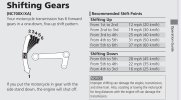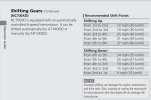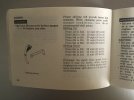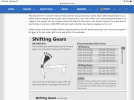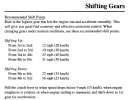Gixus
Active Member
I’ve been to Deals Gap numerous times on sport bikes, and I hope to take the NC there in the not too distant future. I’ll enjoy the trip riding there. In the hands of a skilled rider the NC would be a lot of fun there. The limiting factors at the gap are how much you want to pay for your ticket, and avoiding roadblocks ie Harley Davidsons.You havent ridden in our Smokie Mountains on the Blueridge parkway where the max speed limit is 45mph (and the Feds patrol and enforce that speed limit-get a ticket on the Blueridge, you go to federal court) or the 'Tail of the Dragon' where there are 318 curves in 11 miles, many are switch backs and going over 45mph can be a trip to the rainbow...and on the weekends, highly enforced by the Tennessee State Police....neither of these roads have sleep induced properties.....and I get my best MPG in the Smokie Mountains-between 80-85mpg...




